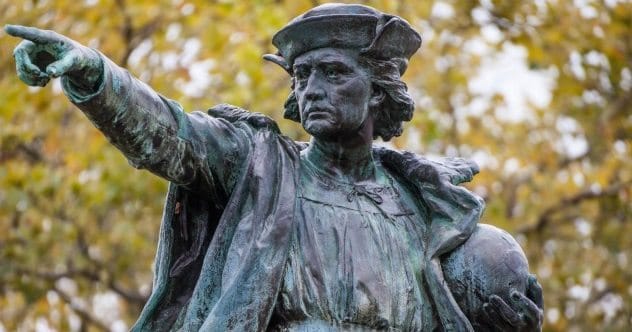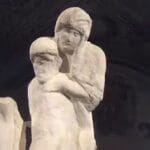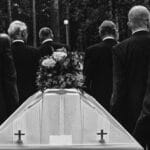While Christopher Columbus is widely credited with discovering America, evidence suggests others may have arrived on the continent far earlier. From intrepid voyagers to accidental explorers, here are ten peoples who might have reached America before 1492.
10. Polynesian Voyagers
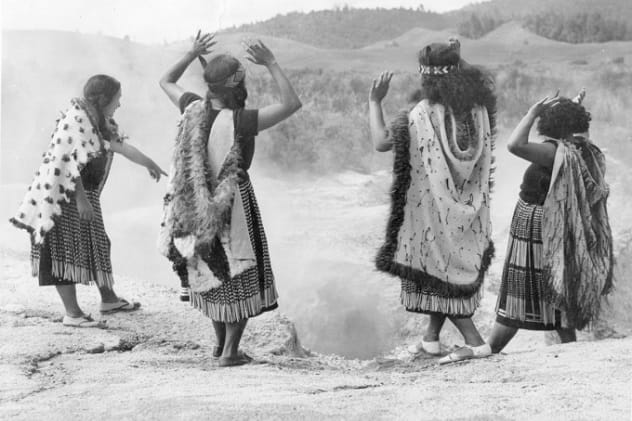
The Polynesians were master navigators, colonizing a vast network of islands across the Pacific. Using sophisticated catamarans, they settled New Zealand, Hawaii, and Easter Island. Intriguingly, sweet potatoes (native to South America) were cultivated on Polynesian islands centuries before European contact. Chicken bones dating from 1321 to 1407, discovered in Chile, hint at a possible Polynesian presence in South America. DNA analysis of Rapa Nui islanders further suggests South American DNA entered their gene pool between 1300 and 1500 AD. These clues suggest the Polynesians likely reached South America before Columbus.
9. Japanese Fishermen
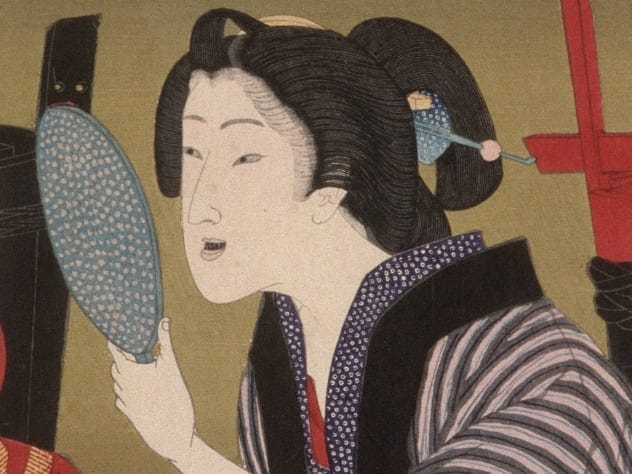
In the late 1960s, strange pottery reminiscent of 5,000-year-old Jomon pottery from Japan was found at a 5,000-year-old archeological site in Ecuador. The Kuroshio Current could have pushed Japanese fishing junks across the Pacific. There are records of similar incidents; in 1815, a junk washed ashore in California after 17 months at sea. While the Kuroshio Current doesn’t flow directly to Ecuador, DNA markers and unique viruses in the area hint that a junk may have completed the trip. Thus, Japanese fishermen may have reached America 4,500 years before Columbus.
8. Irish Monks
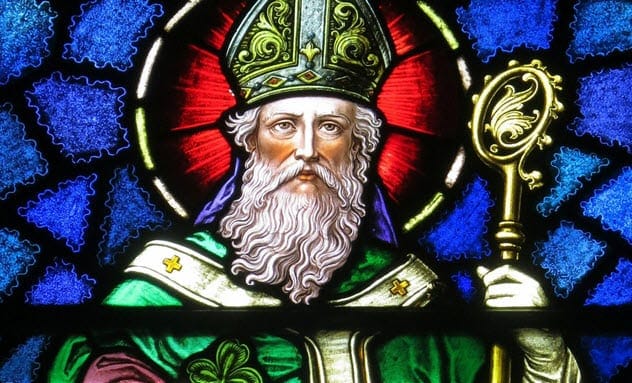
Saint Brendan, nicknamed “the Navigator,” journeyed to Scotland, Wales, and Brittany to spread Christianity. His legendary voyage, chronicled in The Voyage of Saint Brendan, speaks of a journey to a paradise far beyond the western horizon. Could this “paradise” be a veiled reference to Iceland? If Irish monks reached Iceland, could they have followed the Viking path to Newfoundland? Historian Tim Severin successfully sailed a leather-bound curragh from Ireland to the New World in 1976, proving the possibility of such a journey.
7. English Merchants

In 1475, the Hanseatic League refused to sell cod to Bristol. English merchants sought a workaround. Thomas Croft funded expeditions led by John Jay to find Hy-Brasil, a mythical fog-hidden land west of Ireland. While the official record states they failed, Bristol soon imported a suspicious amount of fish. A letter from a spy in the Spanish Inquisition suggests Bristol fishermen discovered rich cod stocks off Newfoundland, choosing to keep it secret. Did these merchants beat Columbus to North America?
6. A Moorish Daredevil
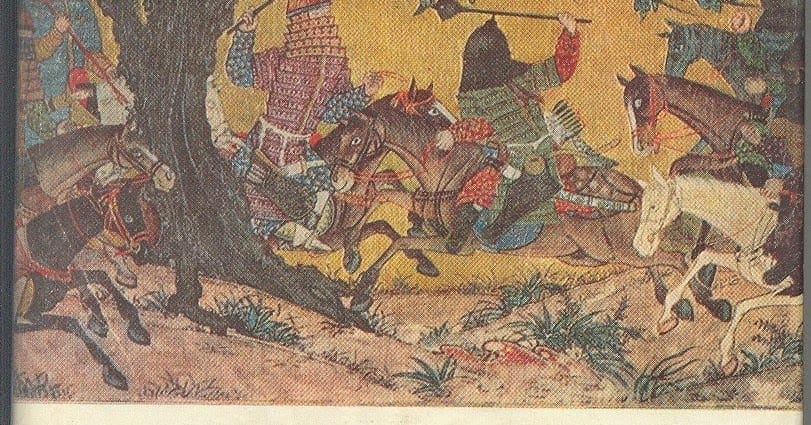
The Arab historian Abu al-Hasan Ali Al-Mas’udi wrote of a Moor named Khoshkhash who sailed into the Atlantic and returned with rich booty. Some Muslim scholars speculate he traveled to the Caribbean islands over 600 years before Columbus. In the 1960s, Roman and 8th-century Arabic coins were found off the coast of Venezuela. While the origins of these coins are uncertain, they could potentially support the theory of Khoshkhash’s voyage.
5. Two Venetian Brothers and a Norwegian Nobleman
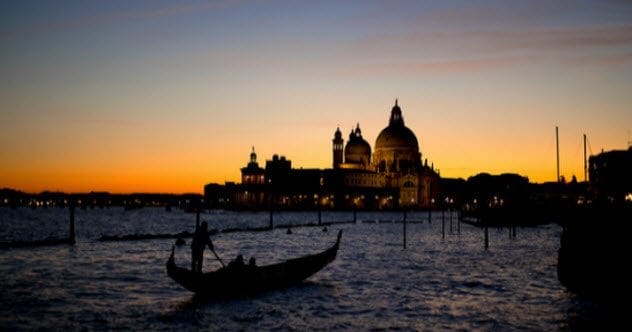
In 1558, Nicolò Zeno published letters from his ancestors, Antonio and Nicolò Zeno, detailing Arctic adventures. According to the letters, Nicolò Zeno was shipwrecked on Frislanda in 1380 and rescued by Prince Zichmni. Together the brothers helped Zichmni conquer islands in the North Atlantic. Some theorists believe “Zichmni” is a misspelling of “d’Orkney” (Henry Sinclair, Earl of Orkney). These theorists suggest Henry Sinclair and the Zeno brothers sailed beyond Greenland to Nova Scotia, over a century before Columbus. A monument marks Sinclair’s supposed landing spot in Canso, Nova Scotia.
4. A Roman Explorer
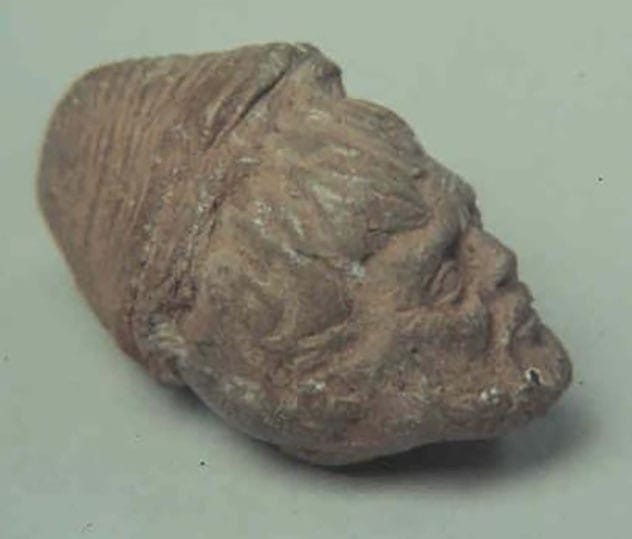
In 1933, a small terracotta statue head was found at an archeology site in Calixtlahuaca, Mexico. The head was determined to be of Roman origin, dating from the second or third century. While some theorize that the artifact was planted as a joke, it could be evidence that a Roman explorer journeyed to Mexico in pre-Columbian times. However, the authenticity of the site where the statue was discovered has been questioned.
3. Chinese Treasure Ships
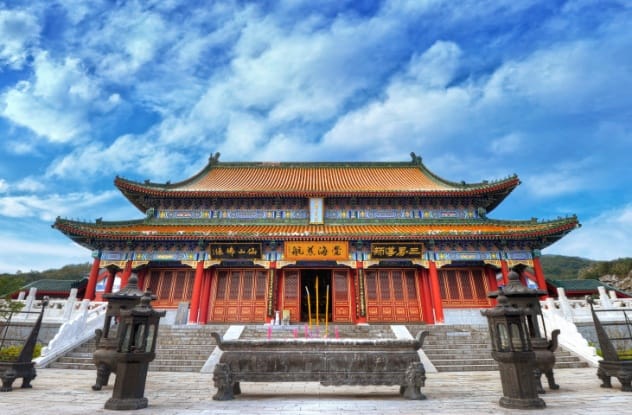
In the early 1400s, China possessed a powerful navy. Their treasure ships sailed throughout southern Asia, the Indian Ocean, and the east coast of Africa. Gavin Mendes believes a Chinese treasure fleet led by Zheng He explored Australia, the Caribbean, and even established settlements in South America. A 1763 copy of a 1418 map appeared to show North and South America in detail. However, the cartography community widely considers the map a fake, citing numerous errors.
2. A Mali Emperor
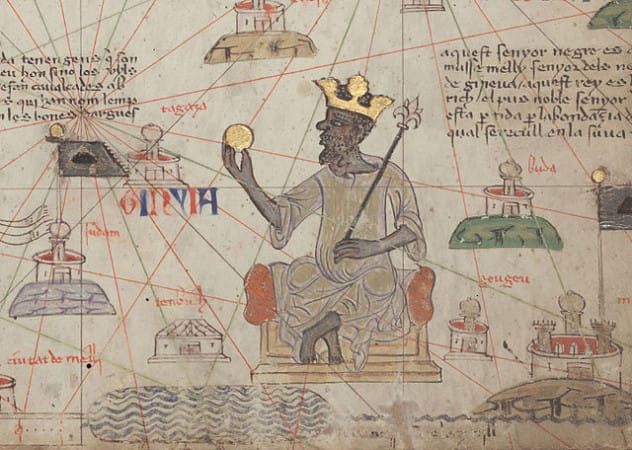
Mansa Musa, ruler of the Mali Empire. When asked about his predecessor, Abu Bakar II, Mansa Musa told of his brother’s desire to reach the “extremity of the ocean” but never returned. Malian scholar Gaoussou Diawara believes Abu Bakar II landed in Brazil, specifically Recife. He suggests that “Purnanbuco,” is derived from the Mande name for Mali’s goldfields. Chemical analyses suggest gold on American spears originated in Mali, and Columbus reported encountering black traders. Did Abu Bakar II reach Brazil before Columbus?
1. Basque Whalers
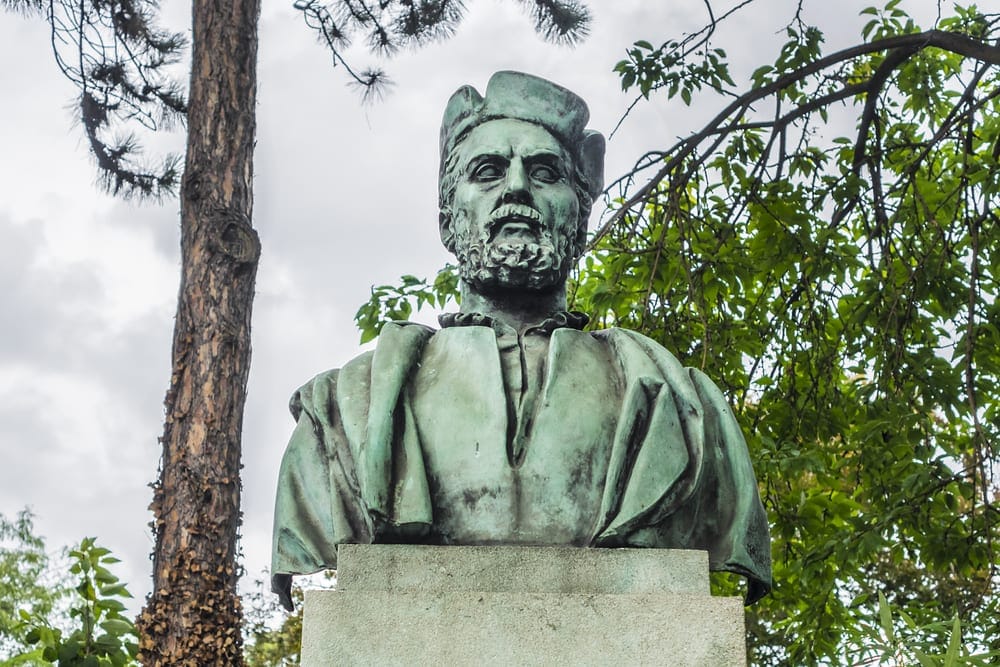
In 1530, Basque whalers were active in Newfoundland. Jacques de Cartier found about 1,000 Basque fishing boats when he “discovered” the Saint Lawrence River. The Basque, expert seafarers from the border of France and Spain, were skilled navigators. They likely could have been chasing whales across the Atlantic long before Columbus sailed. A pre-Columbian Basque settlement may await discovery in Newfoundland.
Whether through planned exploration or accidental voyages, these intriguing accounts challenge the traditional narrative of Columbus being the first to discover America. While definitive proof is often lacking, they provide a fascinating glimpse into the possibilities of pre-Columbian transatlantic travel.
What do you think? Share your thoughts in the comments below!


